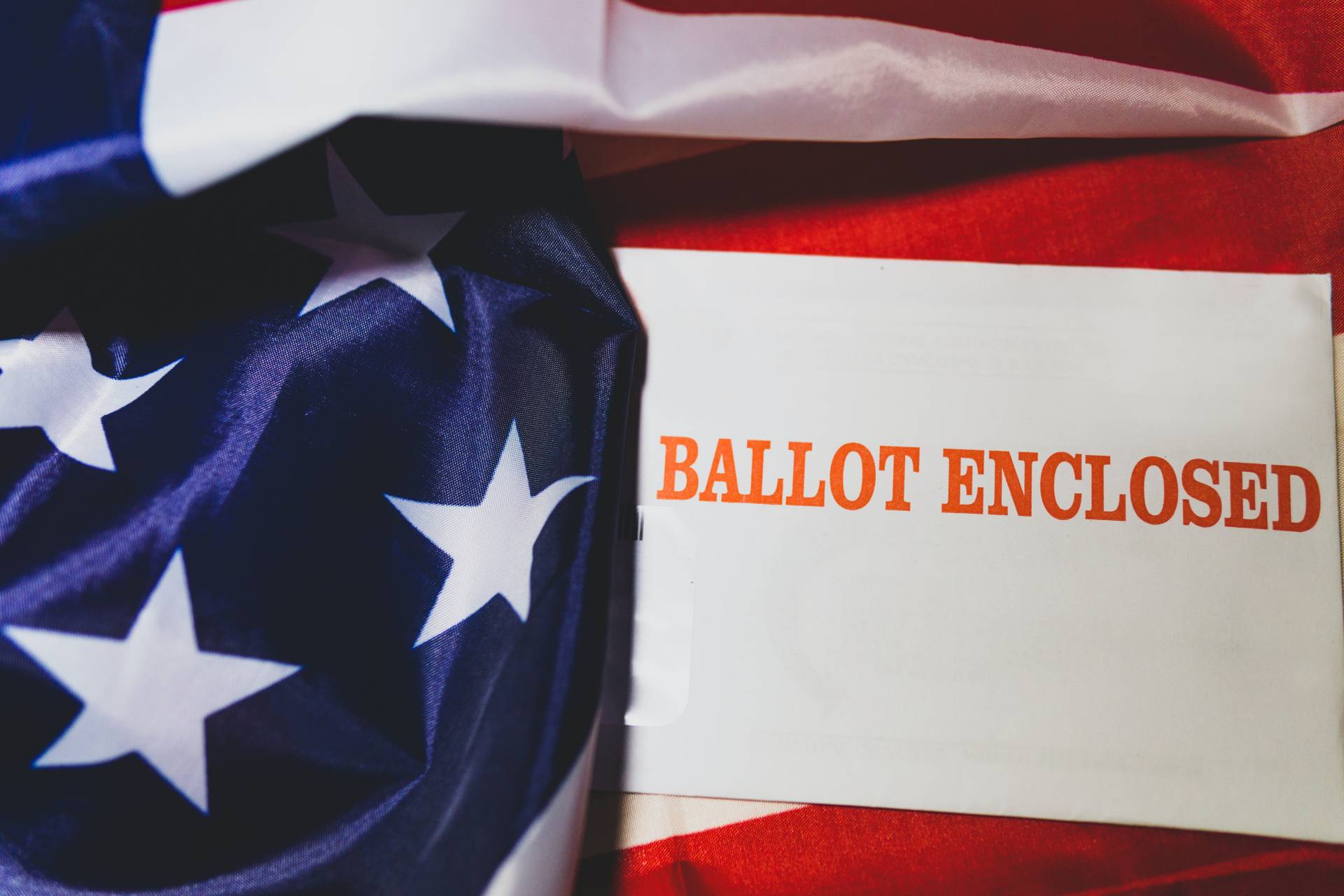“Closest Calls” is a series that delves into some of the most narrowly won presidential elections in American history, starting with an accidental snub that changed the course of the nation. This series investigates the fine lines between winners and losers in various elections, and how small changes could have significantly affected not only the results but also the unfolding of American history. By examining significant events, key players, and unique circumstances in these electoral battles, we aim to understand the far-reaching consequences of these tightly contested races on the country’s political landscape.
While recent presidential elections have been among the closest in memory, there have been many instances in the past where a minor shift in votes across a few states could have dramatically changed political outcomes. This highlights the critical importance of presidential leadership and how individual values and political leanings can impact the national direction. The so-called “butterfly effect” is continuously apparent in presidential politics, as small actions can set off significant future events, particularly when swing states are involved. It is therefore essential for voters to be well-informed about candidates’ policies and values, as these choices can have resounding national and global effects.
In 1916, the Republican Party faced internal divisions between Theodore Roosevelt and William Howard Taft supporters. When Roosevelt failed to secure the GOP nomination, he launched a third-party bid as the Progressive “Bull Moose” Party candidate, further splintering Republican votes against Democrat Woodrow Wilson. Determined to prevent Wilson’s second term, Republican leaders worked to unite their party behind a single candidate capable of appealing to both traditionalists and progressives and uninvolved in the bitter 1912 conflict between Roosevelt and Taft. Their choice was Charles Evans Hughes, a then-U.S. Supreme Court Justice, who resigned his position to run for president in 1916.
Hughes won support for his judiciousness and moderate policy positions, making him a unifying figure for the fractured Republican Party. His impartiality and above-reproach reputation established him as a strong contender against Wilson. Hughes’ political career had begun with investigations into insurance company and public utility corruption in New York State. As governor, he went on to contend with party leaders on issues like appointments and consumer protection laws and led various reforms and legislative efforts to improve government transparency and accountability. His commitment to public service and anti-corruption garnered widespread admiration, and ultimately, a seat on the U.S. Supreme Court.
This hard-fought election demonstrates how small shifts in votes could have fundamentally altered the course of American history. If Hughes had won, his leadership could have changed the nation’s social, economic, and political landscapes. “Closest Calls” uncovers these critical moments, exploring the defining roles of presidential leadership and the unique attributes that shape a nation’s fate. By analyzing these near-disaster events, we gain insights into the crucial qualities and decision-making abilities that steer a course to success or narrowly avert catastrophe. Each installment focuses on specific incidents, examining how a president’s personality, bravery, and resourcefulness can influence the course of history and generate lasting effects worldwide.
Closest Calls FAQ
What is the “Closest Calls” series about?
“Closest Calls” is a series that investigates some of the most narrowly won presidential elections in American history, examining the fine lines between winners and losers, and exploring the far-reaching consequences of these tightly contested races on the country’s political landscape.
Why is it important to study close presidential elections?
Studying close elections highlights the critical importance of presidential leadership and how individual values and political leanings can impact the national direction. This also helps to understand the “butterfly effect” in presidential politics, where small actions or vote swings can set off significant future events, especially when involving swing states.
What happened in the 1916 presidential election?
In 1916, the Republican Party was divided between Theodore Roosevelt and William Howard Taft supporters. Roosevelt failed to secure the GOP nomination, ran as a third-party candidate and split the Republican votes. The party eventually chose Charles Evans Hughes as their unifying candidate against Democrat Woodrow Wilson.
Who was Charles Evans Hughes, and what did he represent?
Charles Evans Hughes was a U.S. Supreme Court Justice who resigned his position to run for president in 1916. He was known for his judiciousness, moderate policy positions, and being a unifying figure for the fractured Republican Party. Hughes had a strong record on anti-corruption and commitment to public service, making him a strong contender against Wilson.
How can analyzing close elections provide insights into presidential qualities and decision-making abilities?
By studying near-disaster events and specific incidents in close elections, we gain insights into the crucial qualities and decision-making abilities that can steer a country to success or narrowly avert catastrophe. It also highlights how a president’s personality, bravery, and resourcefulness can influence the course of history and generate lasting effects worldwide.
First reported on: Politico
Featured Image Credit: Photo by: Joshua Woroniecki; Unsplash; Thank you!













